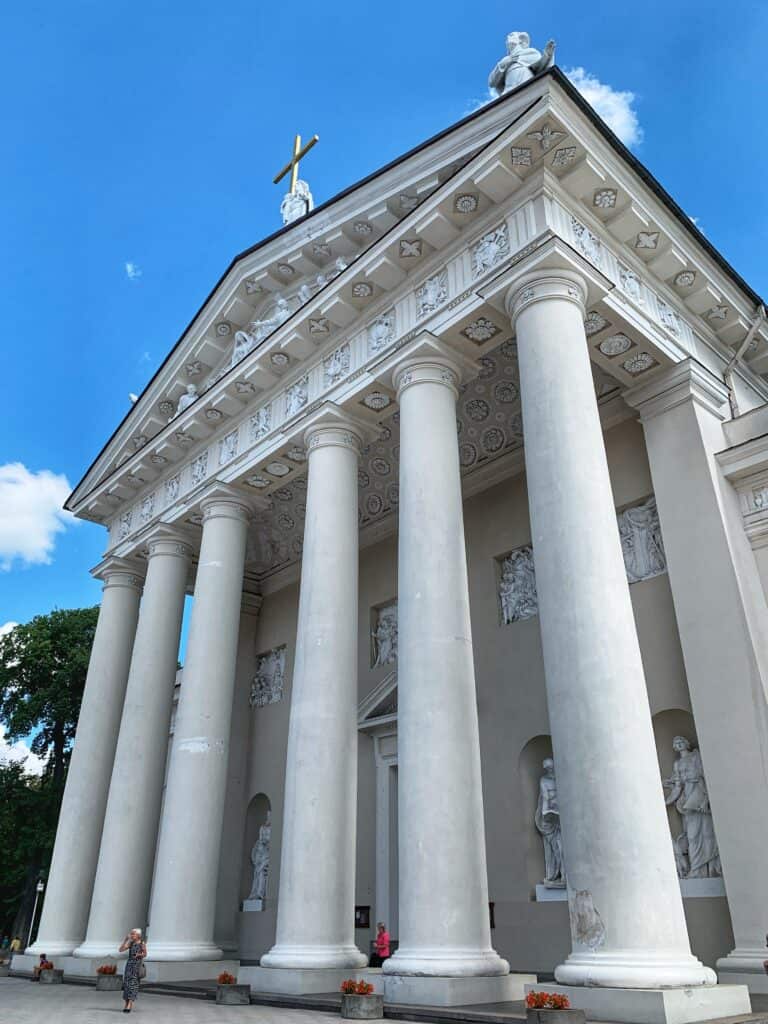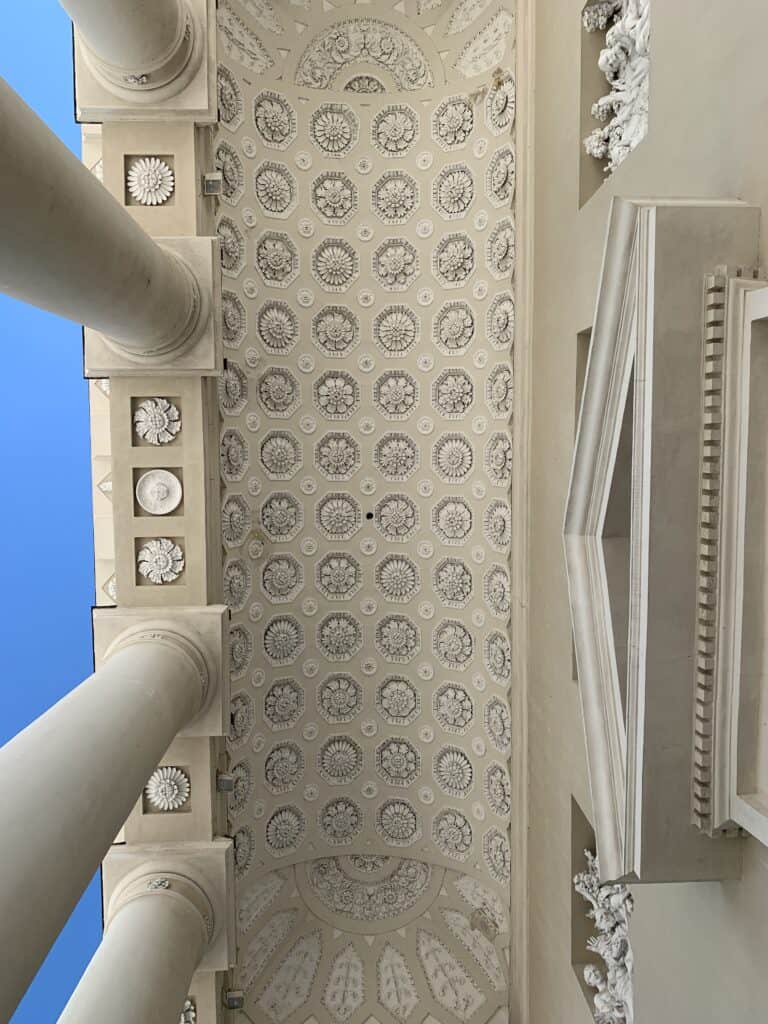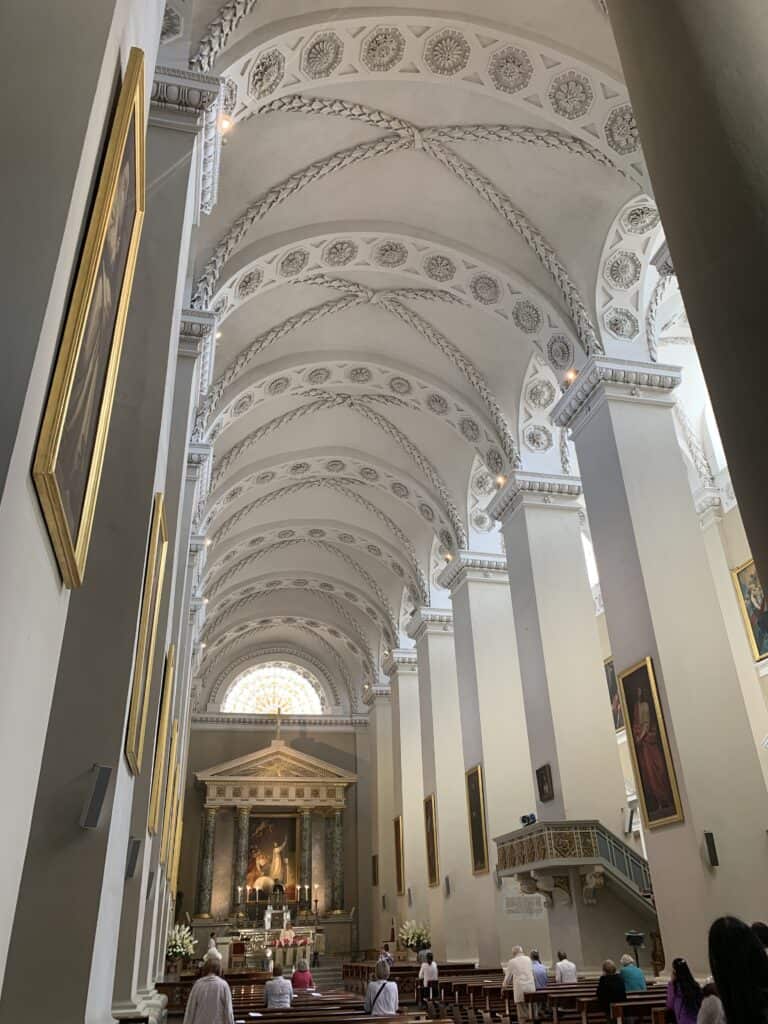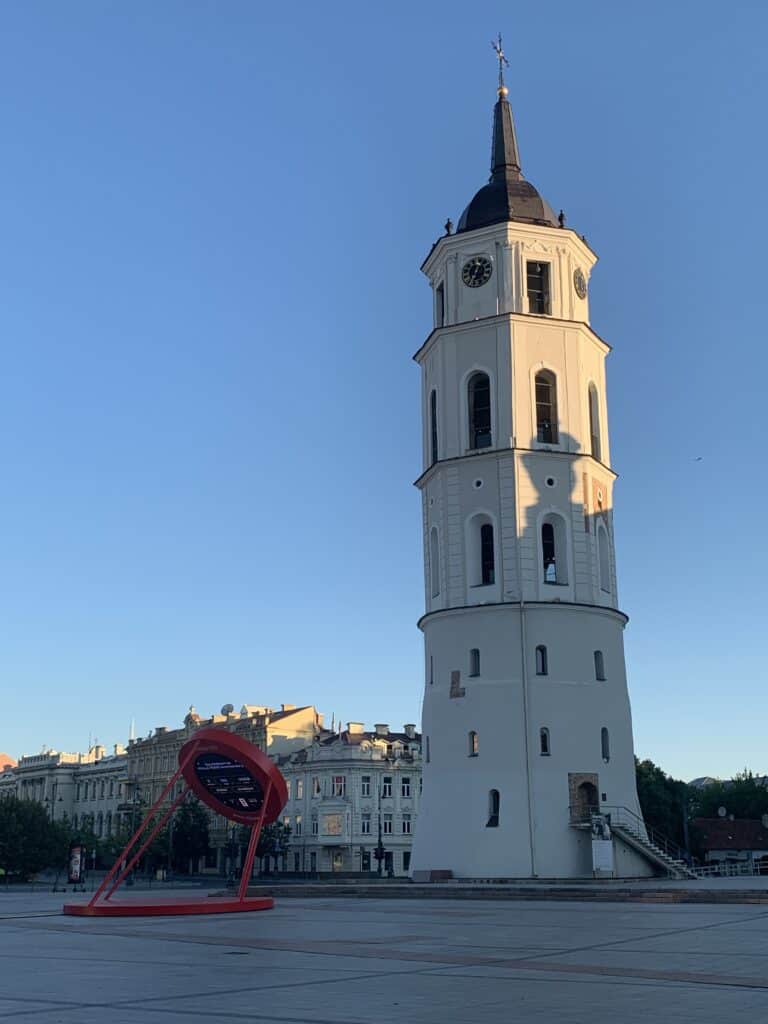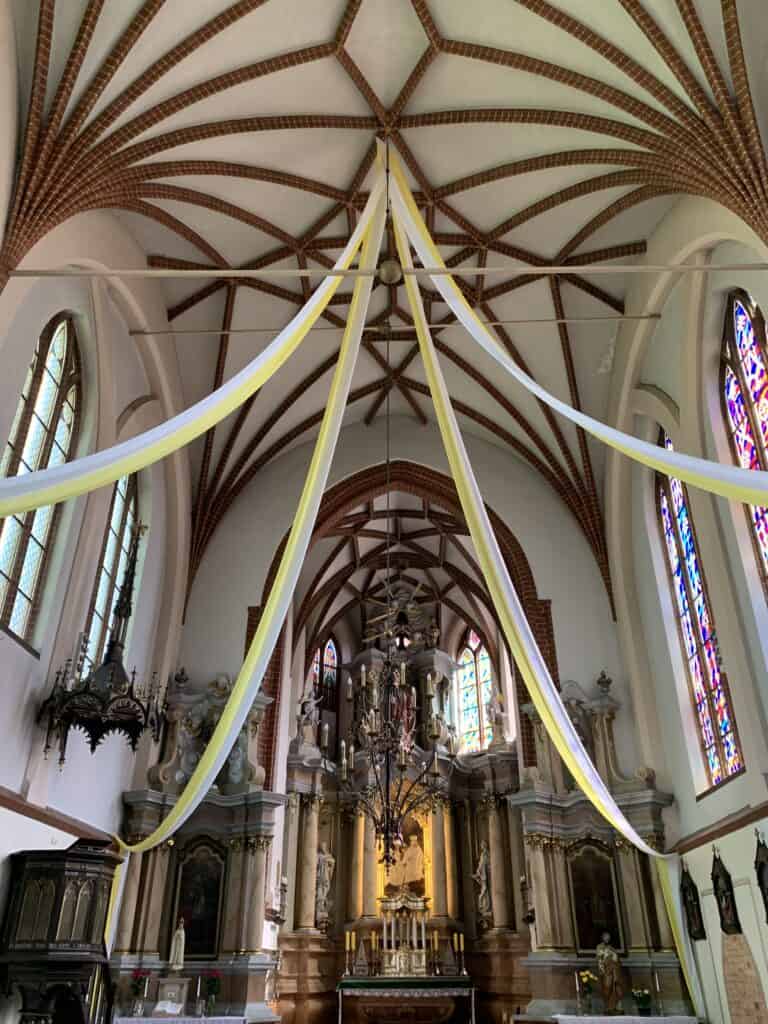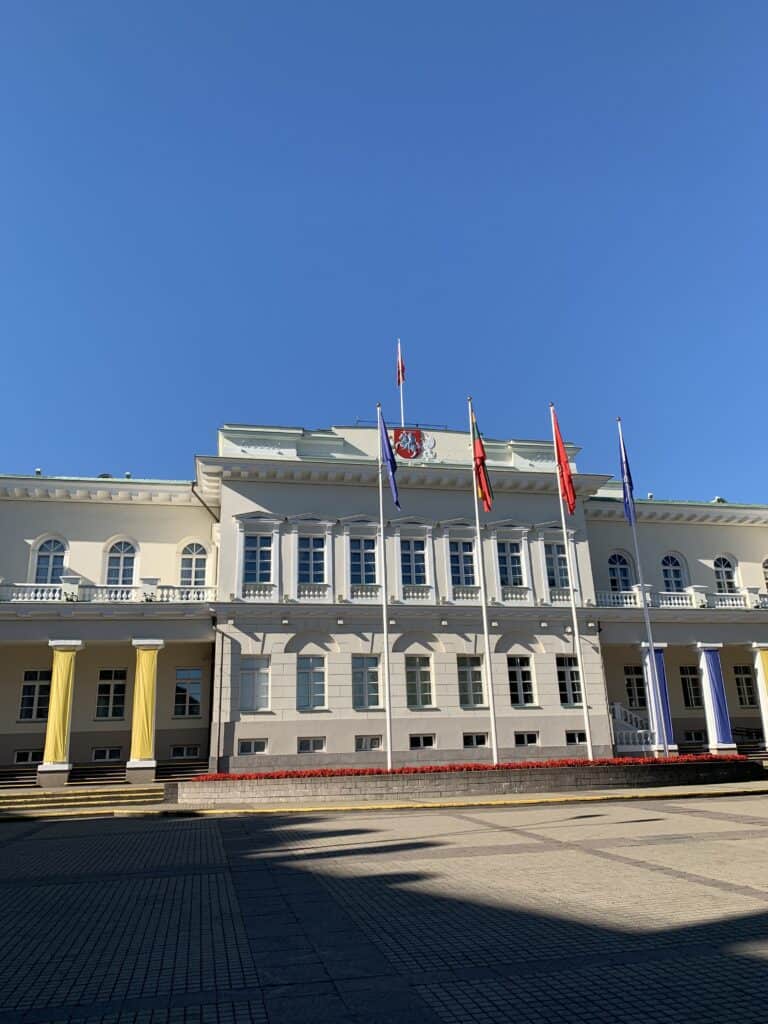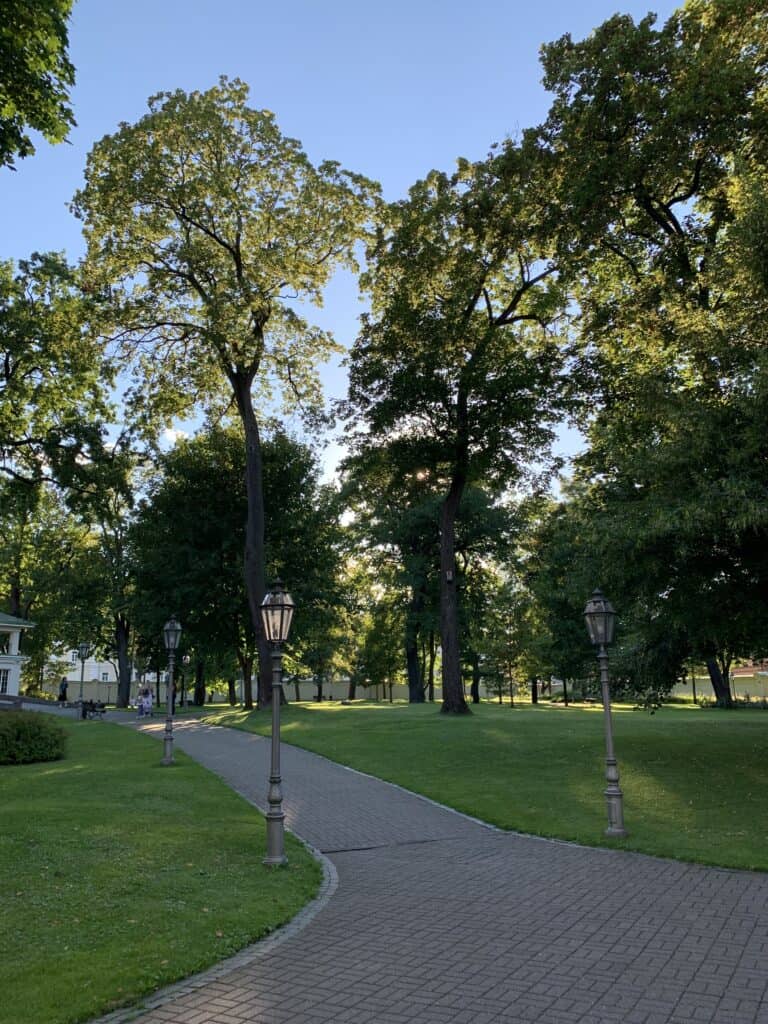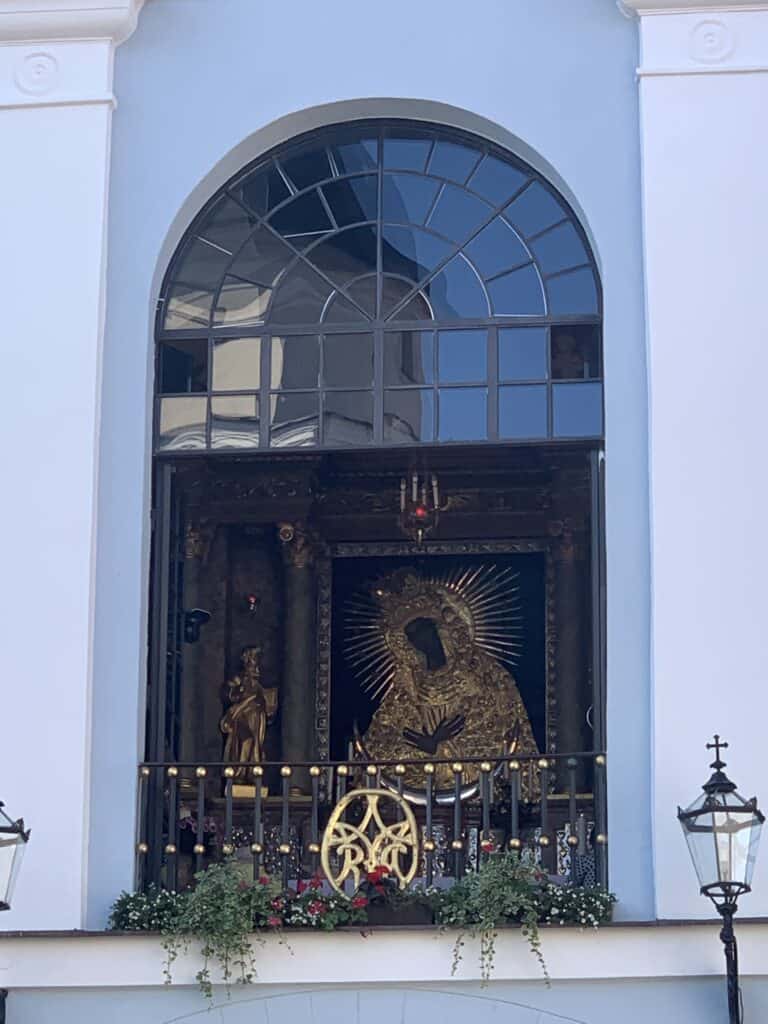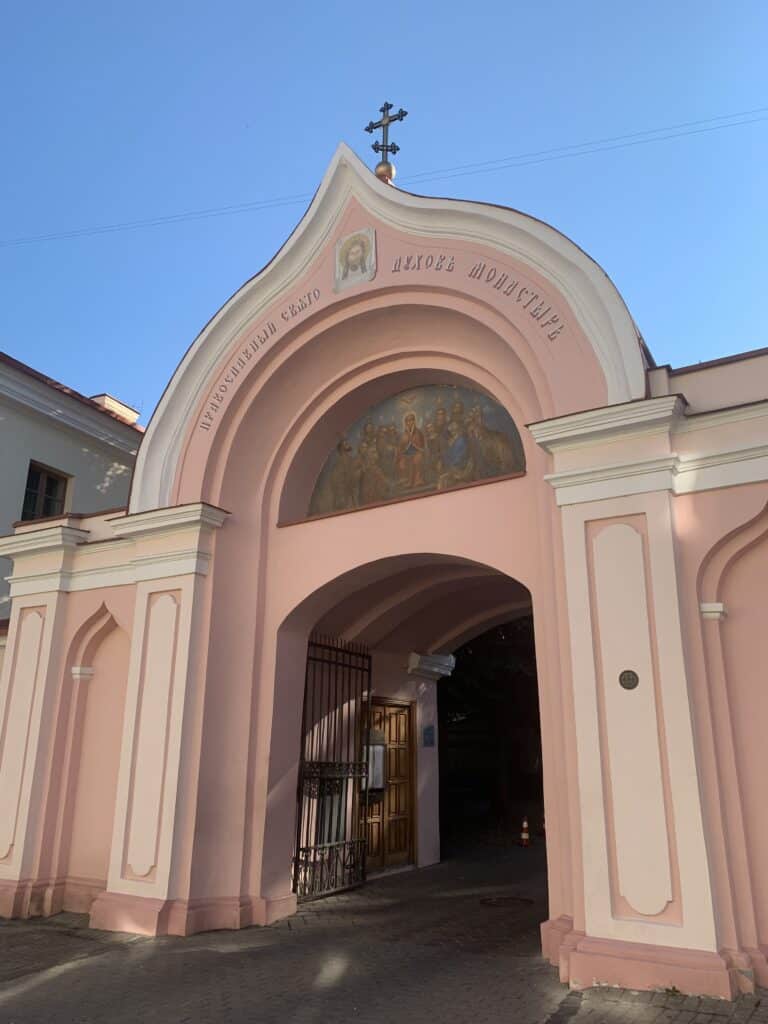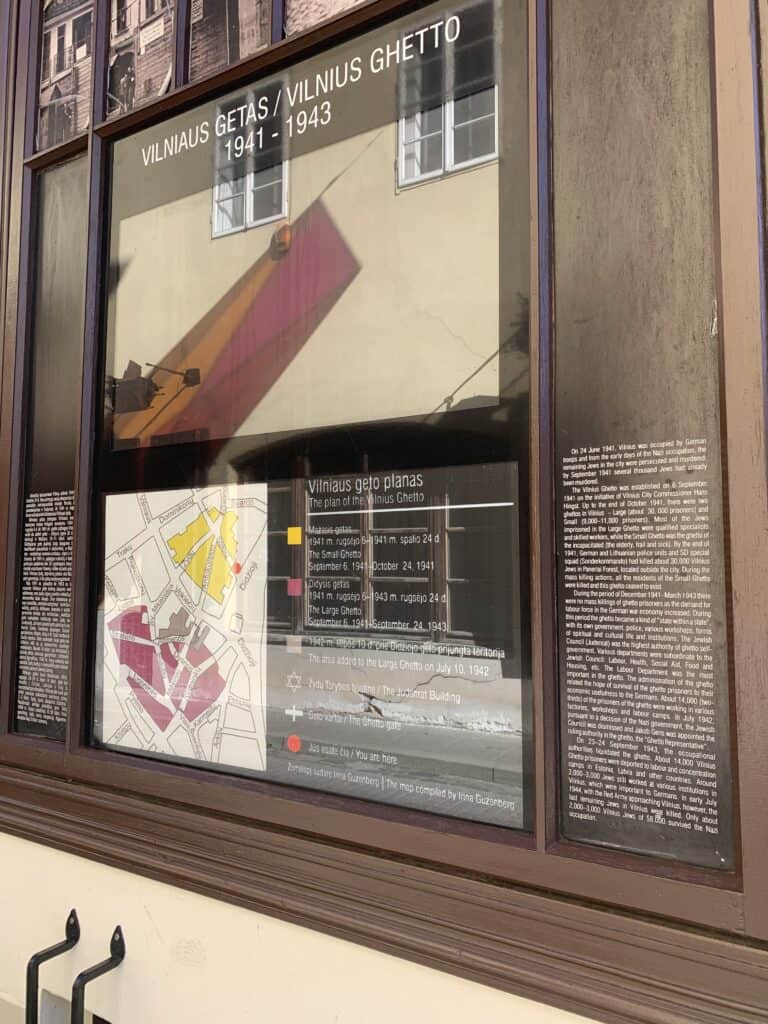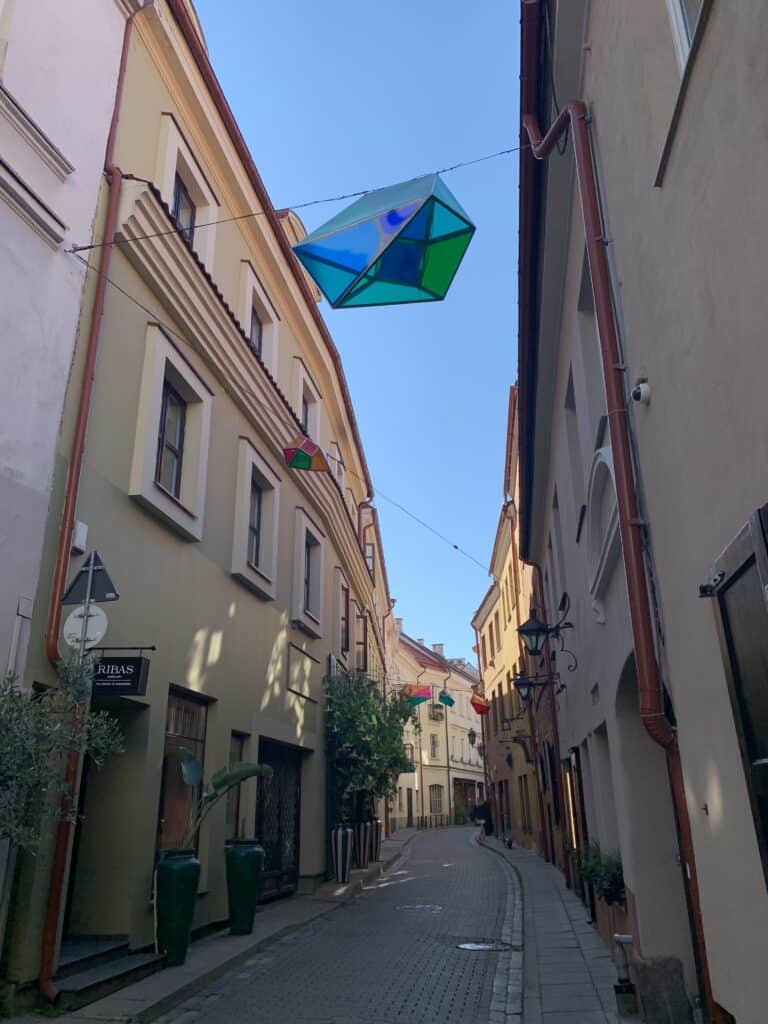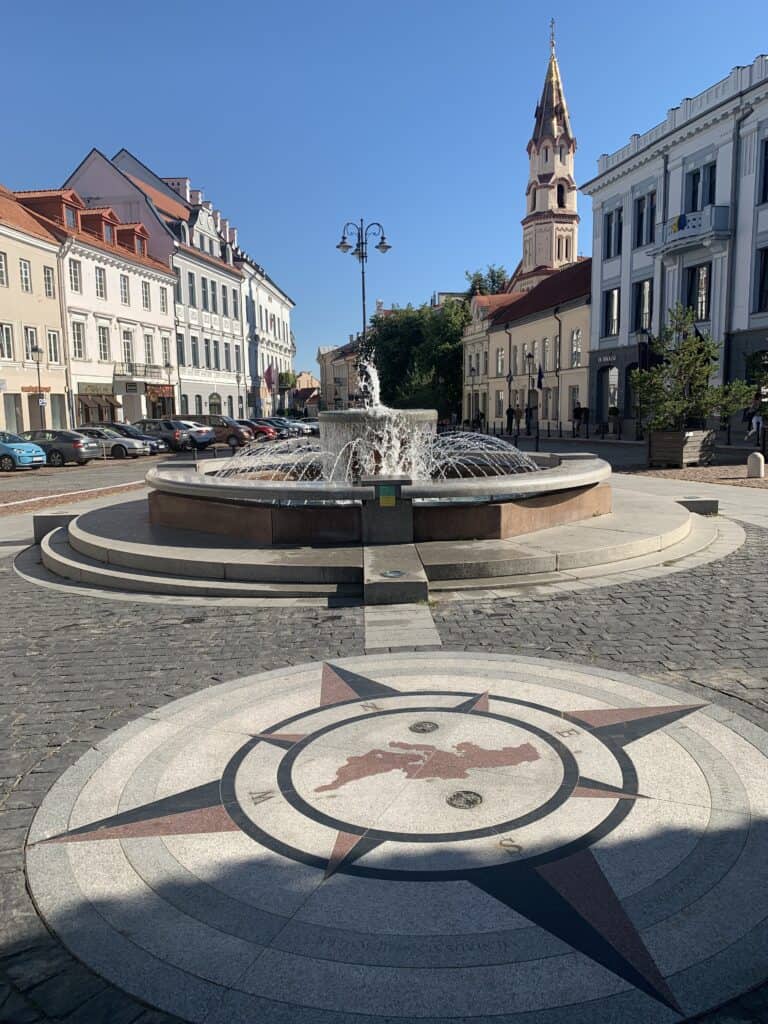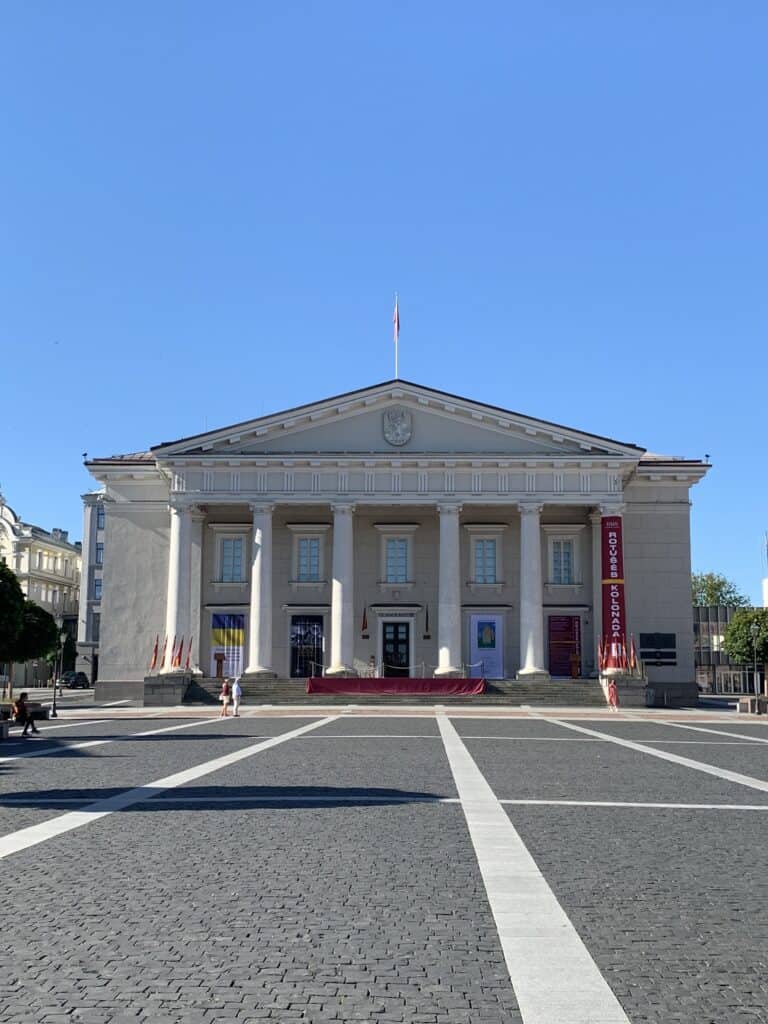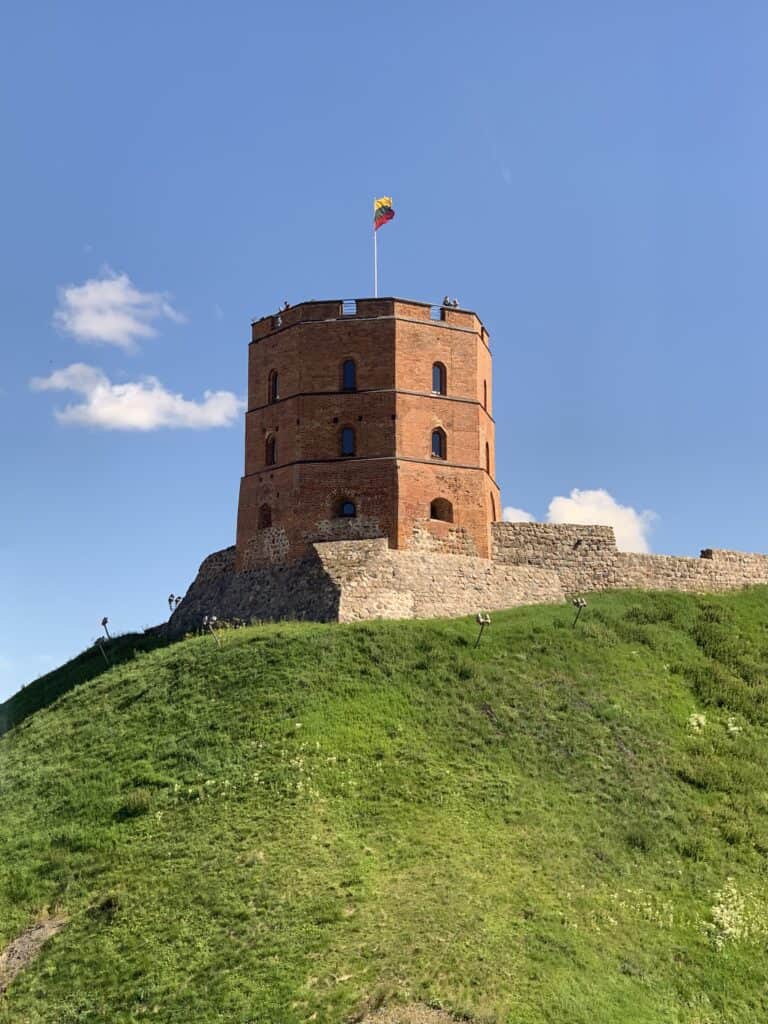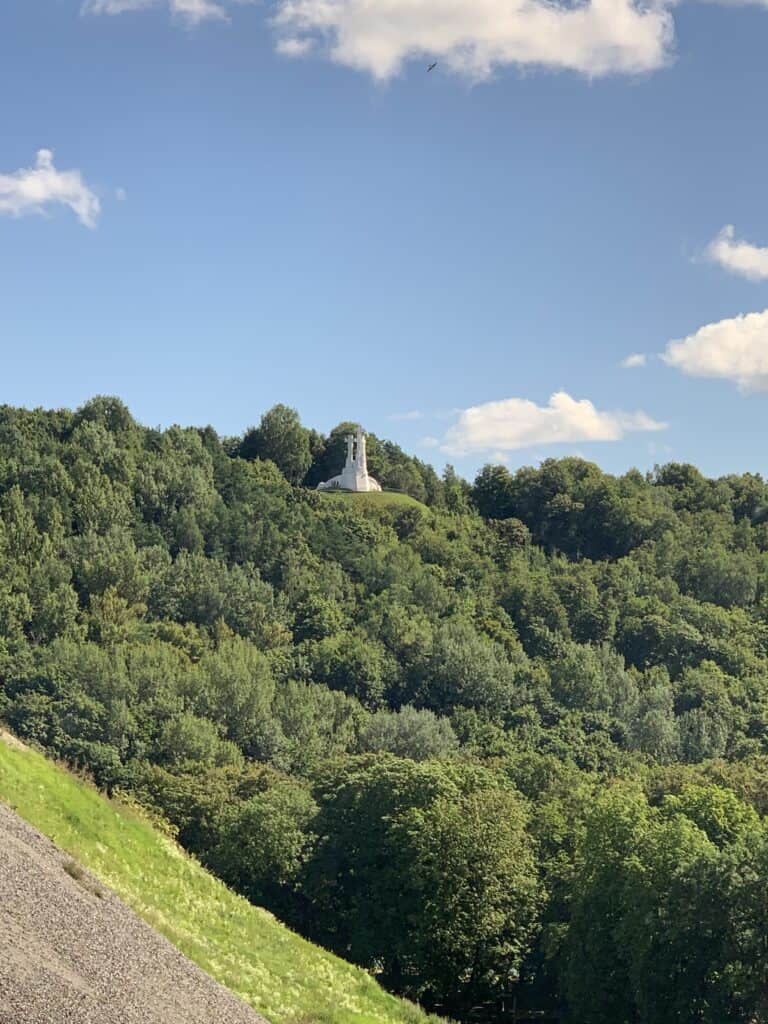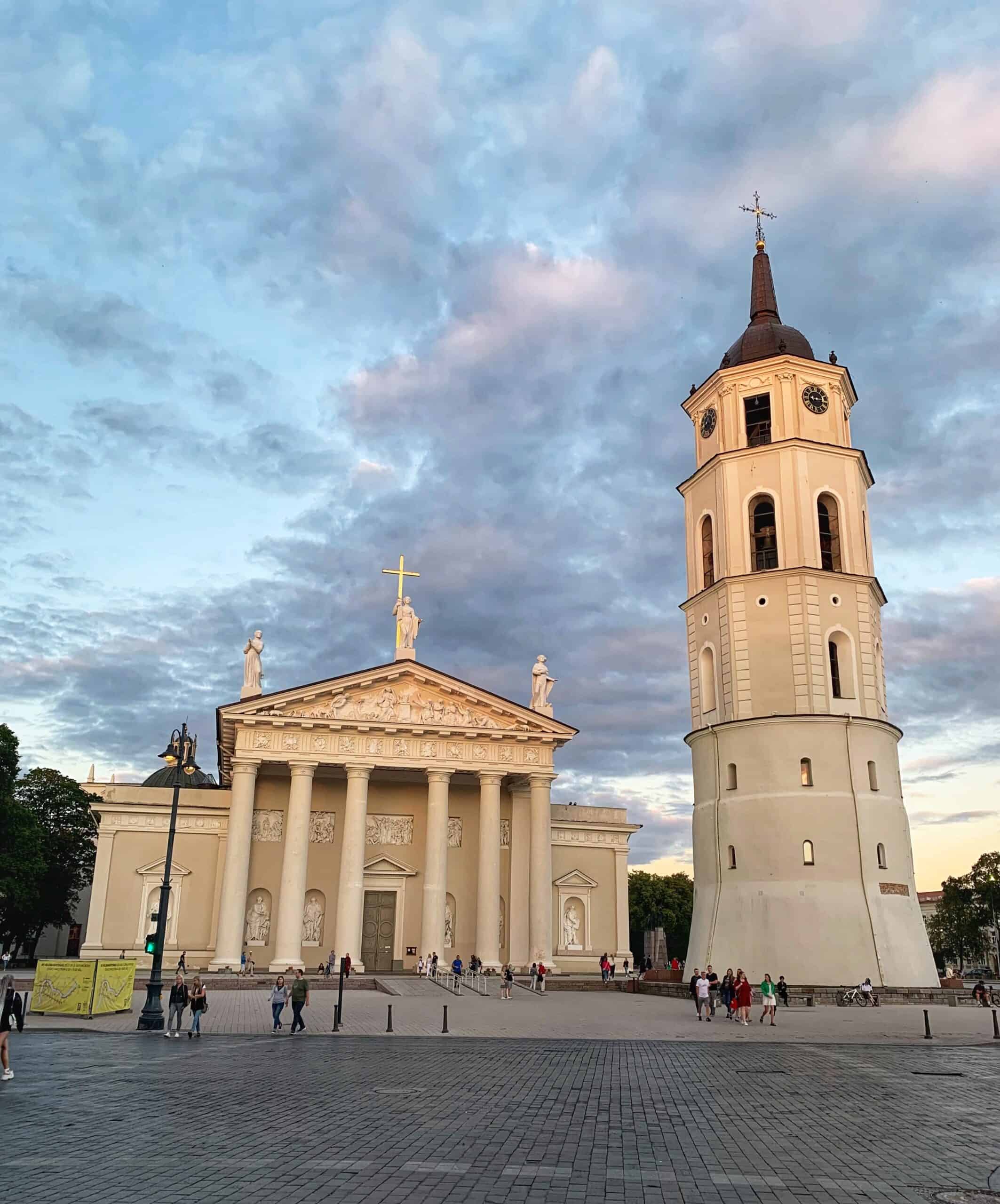
Vilnius is a tourist destination in the Baltic area, especially thanks to its beautiful baroque old town that has been declared a UNESCO World Heritage Site.
There are many important historical and artistic places but the most important are the Cathedral of Saints Stanislaus and Władysław, the Church of St. Anne, the Presidential Palace and the Gate of Dawn.
The Cathedral of Saints Stanislaus and Władysław is the main place of worship in Vilnius located in the heart of the “old town”, right in the center of the square of the same name.
The church stands on a site on which, originally, stood a pagan temple dedicated to the God of Thunder Perkunas. Over the centuries there were several buildings, renovations and modernizations that led to the current structure: a splendid neoclassical architecture that stands out for its whiteness. The peculiarity of the basilica is the bell tower, 57 meters high, detached from the body of the church. The design of the Cathedral of Saints Stanislaus and Władysław was entrusted to the architect Laurynas Gucevicius and the works were begun in 1779, after the total demolition of the previous cathedral and the construction work lasted only 4 years. During the Soviet occupation the building was transformed into a warehouse for wagons and then into an art gallery.
St. Anne’s Church is one of the most beautiful architectures found in Vilnius.
The church was built in gothic style in 1394 on the banks of the Vilnia River. The construction was commissioned by Anna, wife of King Vytautas the Great, who wished to give the German faithful and passing visitors a place of prayer. Over the centuries the church has undergone some interventions that have partially modified it, for example, at the end of 1400 it was remodeled by the Franciscans and, around 1582 it was partly rebuilt after a serious fire that seriously affected it. Some restoration work was also carried out in 1909 and between 1960 and 1970.
The Palace of the Sovereigns (Valdovų rūmai) stands on a settlement of wooden buildings from the second half of the thirteenth century.
In the first half of the fourteenth century, it became the most important building in the territory of the Lower Vilnius Castle (Vilniaus Žemutinė pilis), surrounded by a city wall. Since the time of the first representatives of the Gediminas dynasty, almost all the rulers of Lithuania have resided here. In the middle of the seventeenth century the palace was damaged and, later completely destroyed by the Russian army. The current residence of Lithuanian rulers was restored only in 2013.
Gate of Dawn is the most impressive access point to Vilnius’ Old Town, located on the southern boundary line of the capital.
The place initially had a defensive function and was part of a larger fortification that included other gates, placed in different areas of the ancient city and all dating back to the first half of the sixteenth century. Gate of Dawn has instead survived, becoming a place of prayer in particular since, in 1993, it was visited by Pope John Paul II.
Gate of Dawn houses an icon of the Virgin of Mercy, which is part of the artistic tradition of the Brown Virgin, typical of central-eastern Europe. To date, there is very little information on the identity of the author of the work and Lithuania and Poland are contending for his authorship. The effigy of the Virgin, located in the center of the Door and clearly visible from the street, is dotted on the sides with hundreds of votive tablets depicting saints and sacred images.
The icon of the Black Madonna is believed to be miraculous by both the Catholic and Orthodox Churches with the nearby Cathedral.

